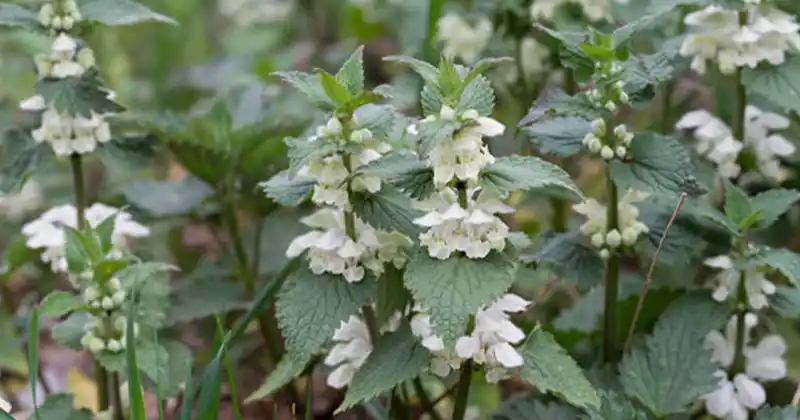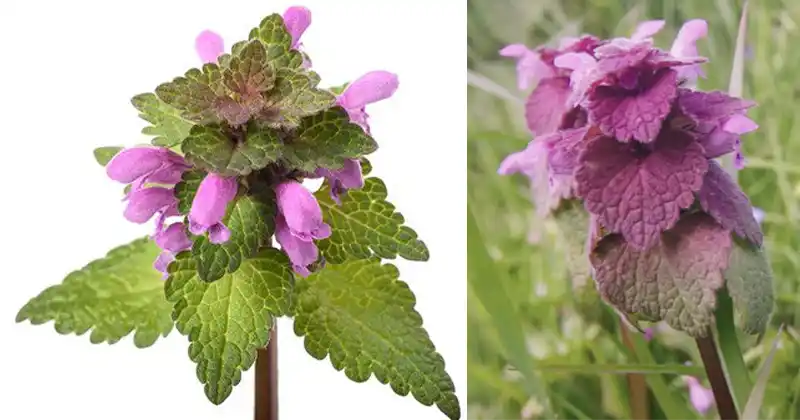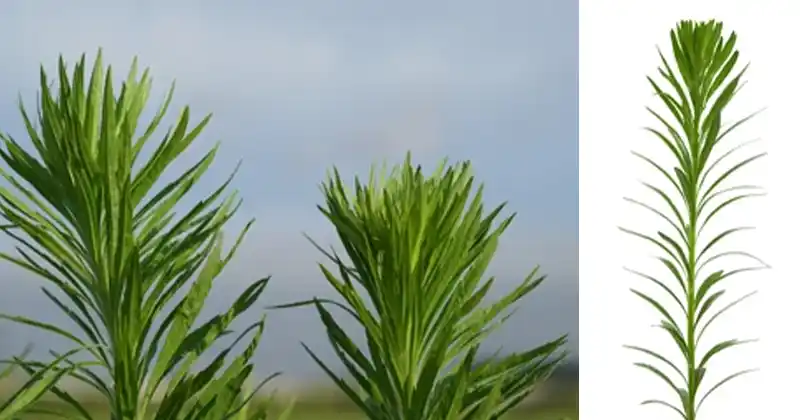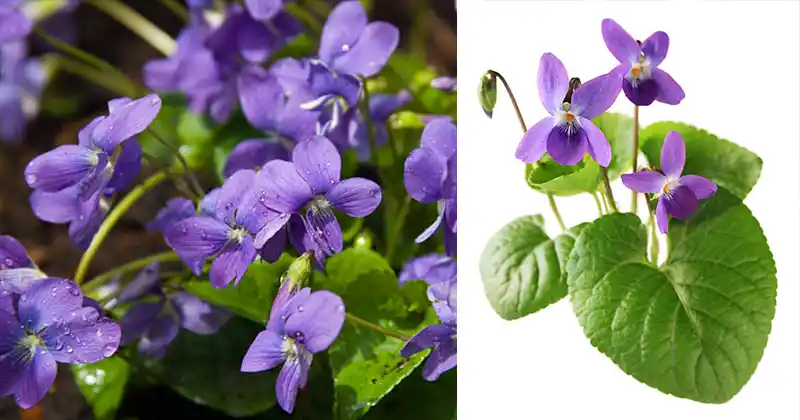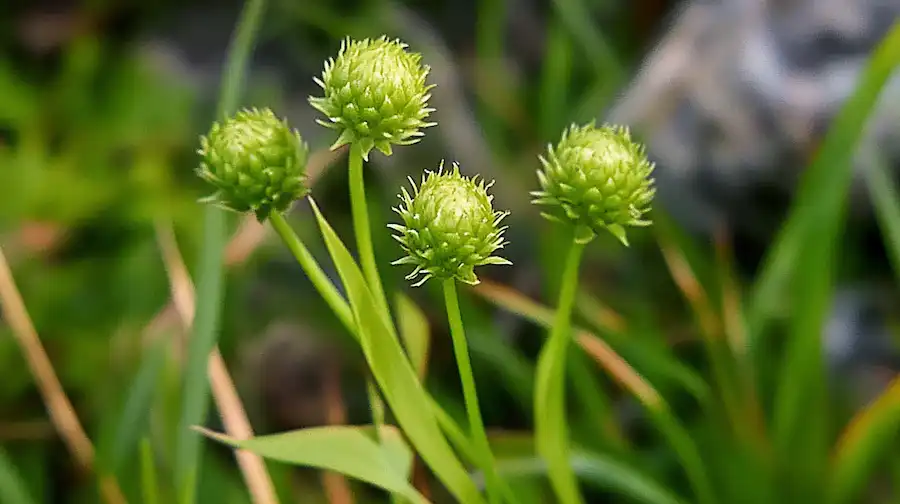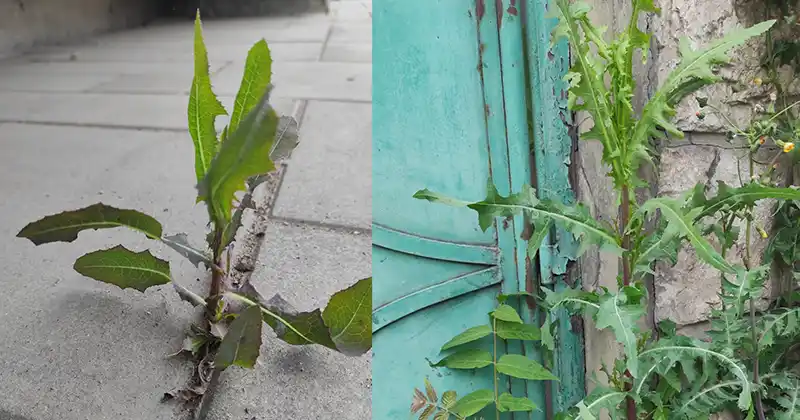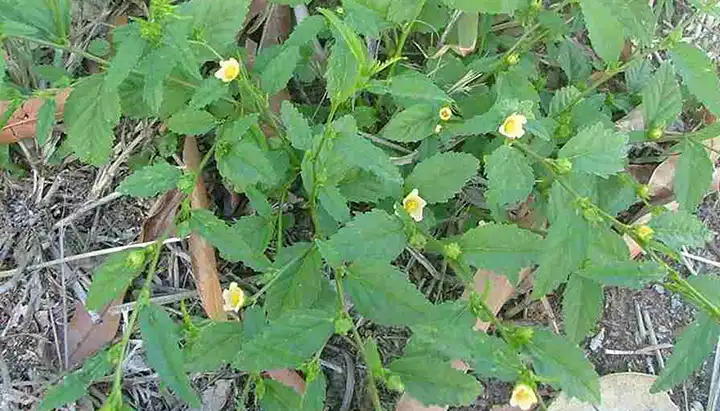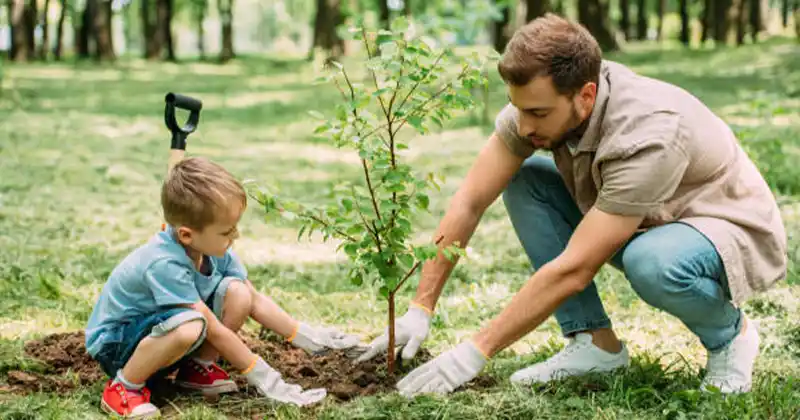How to Prune and Grow Peach Trees
Peach trees (Prunus persica) are a rewarding addition to any garden or orchard, providing delicious fruit and beautiful blossoms. However, they require proper care, including pruning and specific growing conditions, to ensure healthy growth and high yields. This guide will walk you through the essential steps to successfully grow and prune peach trees.
Growing Peach Trees
1. Choosing the Right Variety
Peach trees come in many varieties, including freestone and clingstone types. When selecting a variety, consider your climate, soil conditions, and intended use of the fruit. Some varieties are more cold-hardy, while others thrive in warmer climates.
2. Planting
- Location: Choose a sunny spot with well-drained soil. Peach trees require full sunlight for optimal fruit production.
- Soil: They prefer slightly acidic to neutral soil (pH 6.0-7.0) rich in organic matter.
- Spacing: Standard peach trees need about 15-20 feet of spacing, while dwarf varieties can be planted 8-10 feet apart.
- Planting Depth: Ensure that the graft union is above soil level to prevent disease.
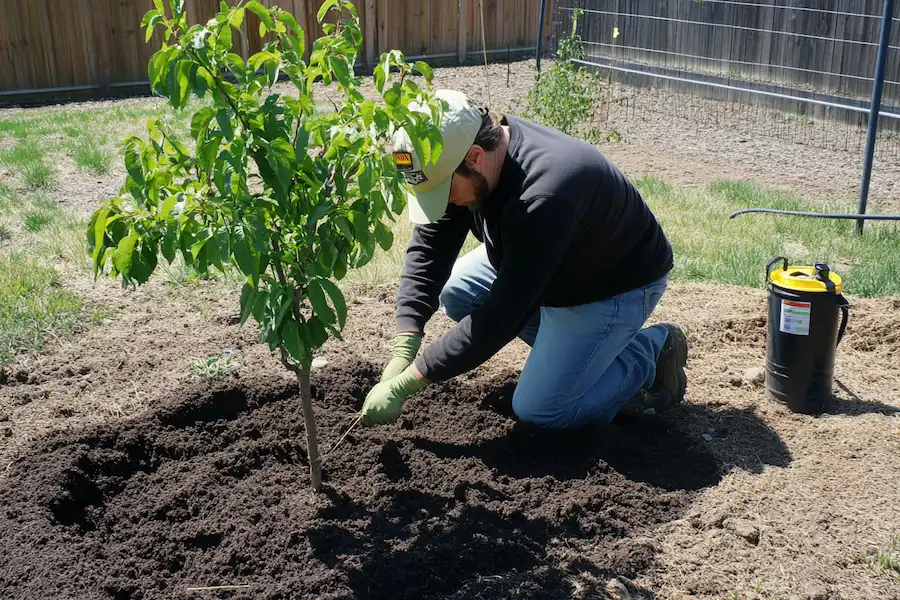
3. Watering and Fertilization
- Watering: Provide deep watering once or twice a week, especially during dry periods. Overwatering can lead to root rot.
- Fertilization: Use a balanced fertilizer (10-10-10) in early spring and after fruiting. Avoid excessive nitrogen, which promotes leafy growth at the expense of fruit production.
4. Pest and Disease Management
Common peach tree issues include peach leaf curl, brown rot, and aphids. Use organic fungicides and insecticidal soaps when necessary. Regularly remove fallen leaves and fruit to prevent fungal infections.
Pruning Peach Trees
1. Why Prune?
Pruning is essential for maintaining tree health, increasing fruit yield, and improving air circulation. It also helps shape the tree for easier harvesting.
2. When to Prune
The best time to prune peach trees is in late winter to early spring (before buds swell but after the risk of extreme frost has passed). Summer pruning can also be done to remove excess growth and shape the tree.
3. How to Prune
- Open Center Shape: Peach trees are best pruned into an open-center or vase shape, allowing sunlight to penetrate the canopy.
- Remove Dead/Diseased Wood: Cut out any branches that are broken, diseased, or dead.
- Thin Out Crowded Branches: Remove crossing branches to improve air circulation.
- Cut Back Last Year’s Growth: Trim branches by about one-third to encourage new fruit-bearing shoots.
- Remove Water Sprouts and Suckers: These non-fruiting branches sap energy from the tree and should be pruned away.
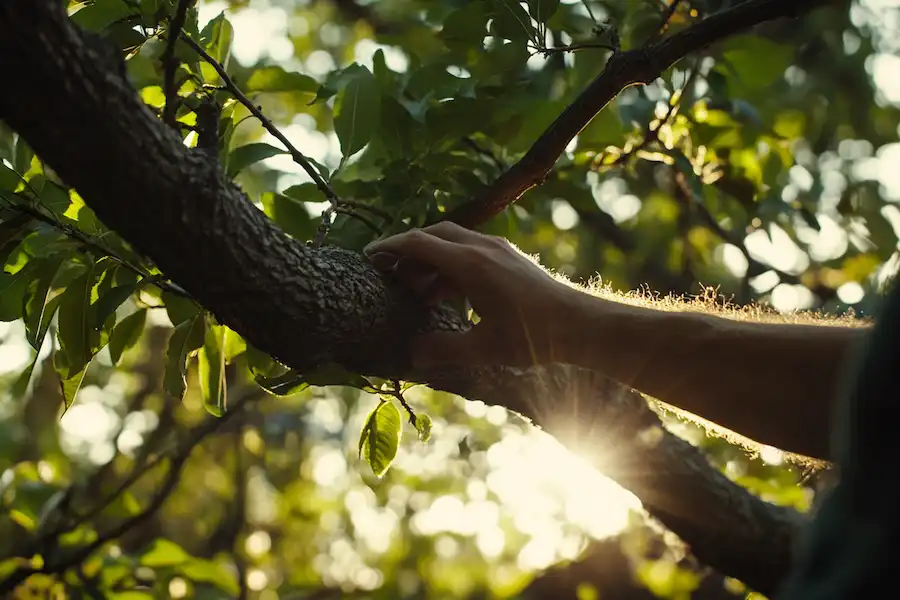
Additional Care Tips
- Mulching: Apply a layer of mulch around the base to retain moisture and suppress weeds.
- Thinning Fruits: Remove excess young fruits to prevent branch breakage and encourage larger fruit development.
- Winter Protection: In colder regions, wrap trunks to prevent frost damage and rodent activity.
By following these steps, you can enjoy a healthy and productive peach tree for years to come. Regular care and pruning will ensure an abundant harvest of sweet, juicy peaches every season!
 Română
Română
